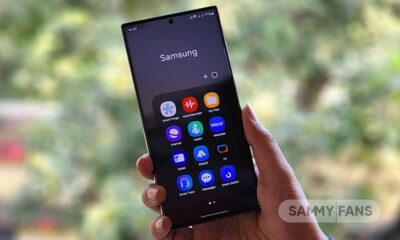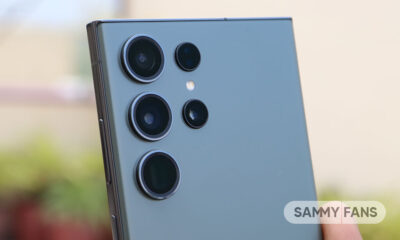Samsung
These 3 benefits that Samsung rugged smartphones can offer!
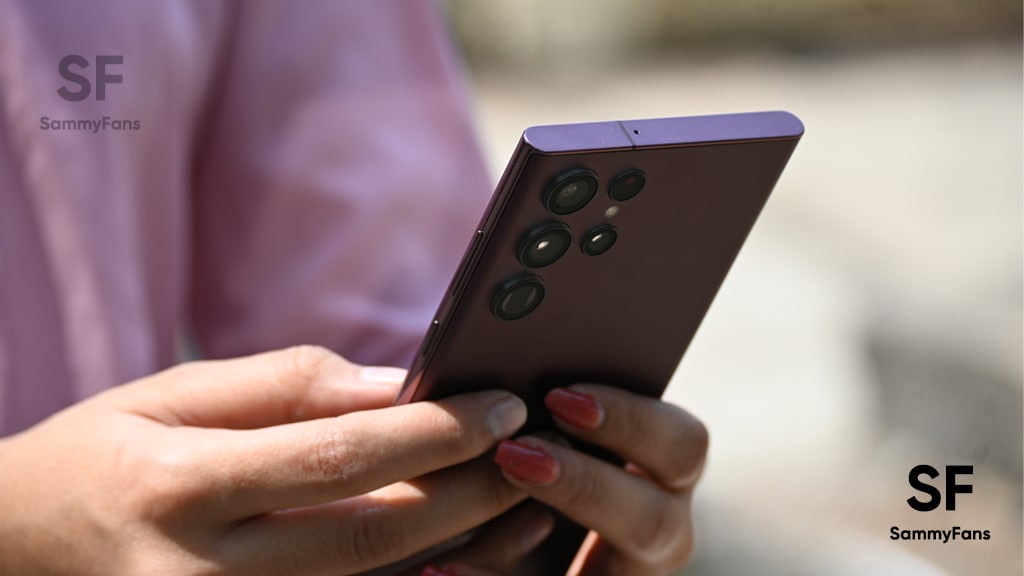
Samsung full fills all the needs whether it is for work, study, or entertainment, smartphones are our everyday companions, so it is very natural that the common device is prone to falling and other accidents.
So it is very necessary to have a rugged smartphone to manage the daily routine without any unpleasant surprises or unplanned expenses. Check these three benefits that Samsung can offer you of having a rugged smartphone – whether it’s water resistance or damage resistance.

These 3 benefits that Samsung rugged smartphones can offer!
Waterproof
If this does not happen to you, you know exactly who lost the phone by throwing it in the water or leaving the device in the water. In this situation, there is always a range of tips on how to try to solve the problem.
The waterproof device ensures more safety so you do not have to fall into this accident. Newer Galaxy S22 5G line smartphones with the Galaxy S22, S22 Plus, and S22 Ultra have an IP68 rating which guarantees resistance to spills and is subsequently tested. Immerse in freshwater for 30 minutes up to 1.5 m.
Greater water resistance is not only useful in accidents because this function is very convenient when exercising because it prevents perspiration. That way, you can always avoid the headaches that a wet smartphone can bring you, whether you accidentally drop it in a sink filled with water or use it during physical activity or on a rainy day outside.
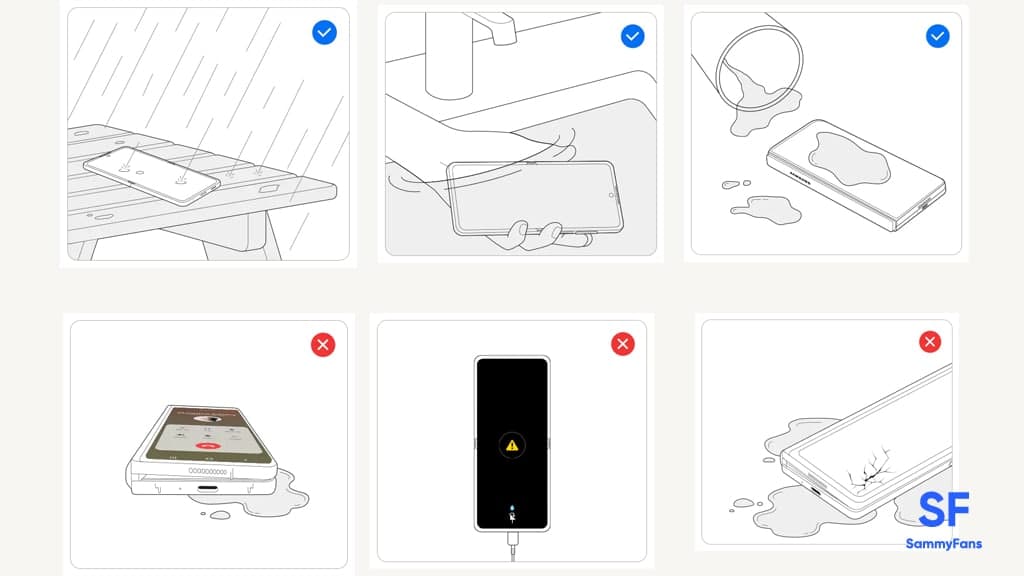
Samsung Rugged Smartphones
The most rugged Galaxy
In addition to stories of smartphones falling into the water (or living with them), there are also reports of screens being broken or shattered, causing damage to devices.
For this reason, in addition to water resistance, the Galaxy S22 5G line of smartphones is the most resistant smartphone Samsung has ever made, as they are made of Armor aluminum, strong aluminum so you can put them anywhere without worry can also be taken.
Smartphones in the S22 5G line were also pre-developed with the new Corning Gorilla Glass Victus+, which has insulating glass on the front and back of the devices to prevent further damage in the event of an accidental fall.
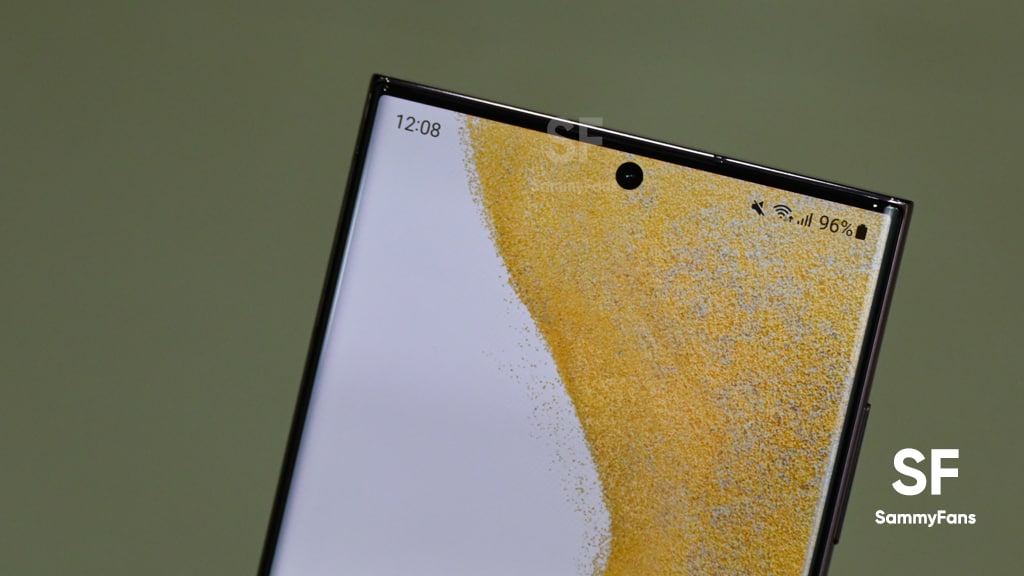
Samsung promises for 4-years of updates
It’s useless if a super resistant smartphone is slow and prone to viruses. Ultimately, durability is not just about the hardware, it is also about keeping the software up to date to provide the best user experience and prevent viruses and malicious attacks.
For this reason, as part of Samsung’s commitment to providing customers with the best mobile performance and experience, the entire Galaxy S22 family will support Android OS updates for up to four generations.

In addition, Samsung is also offering security updates for up to five years to help protect selected Galaxy devices, starting with this generation.
Those updates combined with Samsung’s award-winning Knox security platform provide more secure end-to-end protection for Galaxy devices from potential security threats.
Get notified –
Aside from SammyFans’ official Twitter and Facebook page, you can also join our Telegram channel, follow us on Instagram and subscribe to our YouTube channel to get notified of every latest development in Samsung and the One UI ecosystem. Also, you can follow us on Google News for regular updates.
Apps
Enhance Samsung Group Sharing performance via new update [v13.6.13.2]

Samsung has released an update for its Group Sharing app for One UI devices, which can be verified through One UI build version 13.6.13.2. This update enhances the app’s functionality and resolves several issues to provide a smoother user experience.
The Group Sharing app comes pre-installed on Samsung Galaxy devices. It serves as a platform for users to share content across Samsung’s essential apps such as Gallery, Samsung Note, Calendar, and Reminder. It utilizes Samsung account share groups for efficient content distribution among contacts.
With the new update, users can expect a more seamless sharing process and error-free service. However, it does not bring any new features or changes but improves the app’s overall performance.
Samsung Group Sharing 13.6.13.4 update is available on the Galaxy Store with an installation package size of 17.43 MB. You can download the update through the Galaxy Store or from the third-party app source link mentioned here.

Stay up-to-date on Samsung Galaxy, One UI & Tech Stuffs by following Sammy Fans on X/Twitter. You can also discover the latest news, polls, reviews, and new features for Samsung & Google Apps, Galaxy Phones, and the One UI/Android operating system.
Do you like this post? Kindly, let us know on X/Twitter: we love hearing your feedback! If you prefer using other social platforms besides X, follow/join us on Google News, Facebook, and Telegram.
Samsung
Samsung expands Galaxy S23 April 2024 update to Korea
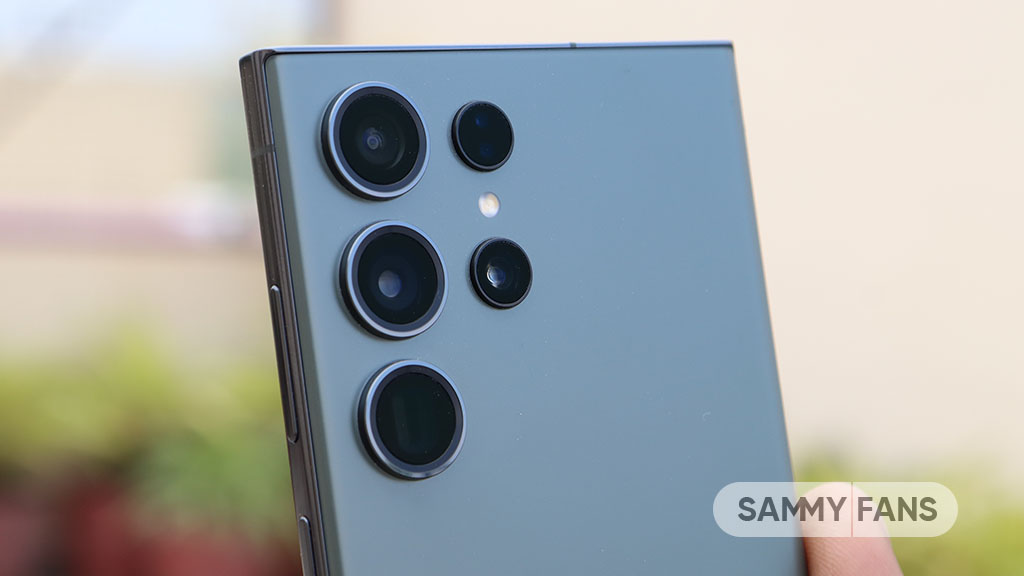
Samsung Galaxy S23, Galaxy S23 Plus, and Galaxy S23 Ultra smartphones are getting an April 2024 security update in Korea, following the release in the US, India, Canada, and Europe. The update improves system security and stability to provide a better Galaxy experience.
Users of the Samsung Galaxy S23 series can identify the April 2024 security update in Korea through One UI build version S91xNKSS2CXD5 and an installation package size of around 366.43MB.
The latest patch fixes over 40 issues to make the smartphone more secure, stable, and reliable. It mainly resolves problems related to Storage Manager Service, Out of bounds write, and more.
You can check the update by navigating to the device’s Settings, then a Software update, and Download and install. If you have received the update, install it now to get enhanced features.
Galaxy S23 April update is also live in Korea
Build Versions: S918NKSS2CXD5/ S918NOKR2CXD5/S918NKSU2CXC3
Repost 😉 #GalaxyS23 #GalaxyS23Ultra #OneUI6 #OneUI #Samsung pic.twitter.com/hOyLtoX1Wq
— Tarun Vats (@tarunvats33) April 18, 2024
Stay up-to-date on Samsung Galaxy, One UI & Tech Stuffs by following Sammy Fans on X/Twitter. You can also discover the latest news, polls, reviews, and new features for Samsung & Google Apps, Galaxy Phones, and the One UI/Android operating system.
Do you like this post? Kindly, let us know on X/Twitter: we love hearing your feedback! If you prefer using other social platforms besides X, follow/join us on Google News, Facebook, and Telegram.
Samsung
Samsung launches Neo QLED and OLED TVs with AI features in India

Samsung officially launched AI-powered Neo QLED 8K, Neo QLED 4K, and OLED TVs in India. The 2024 line-up of Neo QLED 8K, Neo QLED 4K, and OLED TVs elevate your home entertainment experience with powerful, AI-driven solutions.
The company says its 2024 range of Neo QLED 8K, Neo QLED 4K and OLED TVs redefine the home entertainment experience. The products are equipped with new innovations across accessibility, sustainability, and enhanced security with the power of AI.
Pre-Order Offer
Up to 20% cashback + Consumers purchasing the Neo QLED 8K, Neo QLED 4K, and glare-free OLED range will receive a free soundbar worth up to INR 79990, Freestyle worth INR 59990, Music Frame worth INR 29990, depending on the model, until April 30.
Price
- Neo QLED 8K range starts from INR 3,19,990
- Neo QLED 4K range starts from INR 1,39,990
- OLED range starts from INR 1,64,990

Image: Samsung Newsroom
AI features on 2024 Neo QLED 8K
AI Picture Technology: It brings out the finest details with outstanding clarity and naturalness, including facial expressions and other subtle nuances.
AI Upscaling Pro transforms content to closely match the 8K display.
AI Motion Enhancer Pro enhances clarity during motion-intense content, such as sports, helping users enjoy every moment.
Real Depth Enhancer Pro adds a lifelike depth to the picture and pulls viewers into the scene.
AI Sound Technology helps deliver precise audio with Active Voice Amplifier Pro, which detects background noises and adjusts volume automatically.
Object Tracking Sound Pro enriches the audio experience by syncing the sound with on-screen action, creating a more dynamic and engaging viewing experience.
Adaptive Sound Pro further refines the audio experience by intelligently adjusting the audio to the content and room acoustics, for a genuinely rich and lifelike sound.
AI Auto Game Mode recognizes both the game and the genre and automatically tailors the picture quality and sound quality settings.
AI Customization Mode adjusts the picture for each scene based on user preference basis the content type.
AI Energy Mode saves power without compromising picture quality.
Stay up-to-date on Samsung Galaxy, One UI & Tech Stuffs by following Sammy Fans on X/Twitter. You can also discover the latest news, polls, reviews, and new features for Samsung & Google Apps, Galaxy Phones, and the One UI/Android operating system.
Do you like this post? Kindly, let us know on X/Twitter: we love hearing your feedback! If you prefer using other social platforms besides X, follow/join us on Google News, Facebook, and Telegram.

